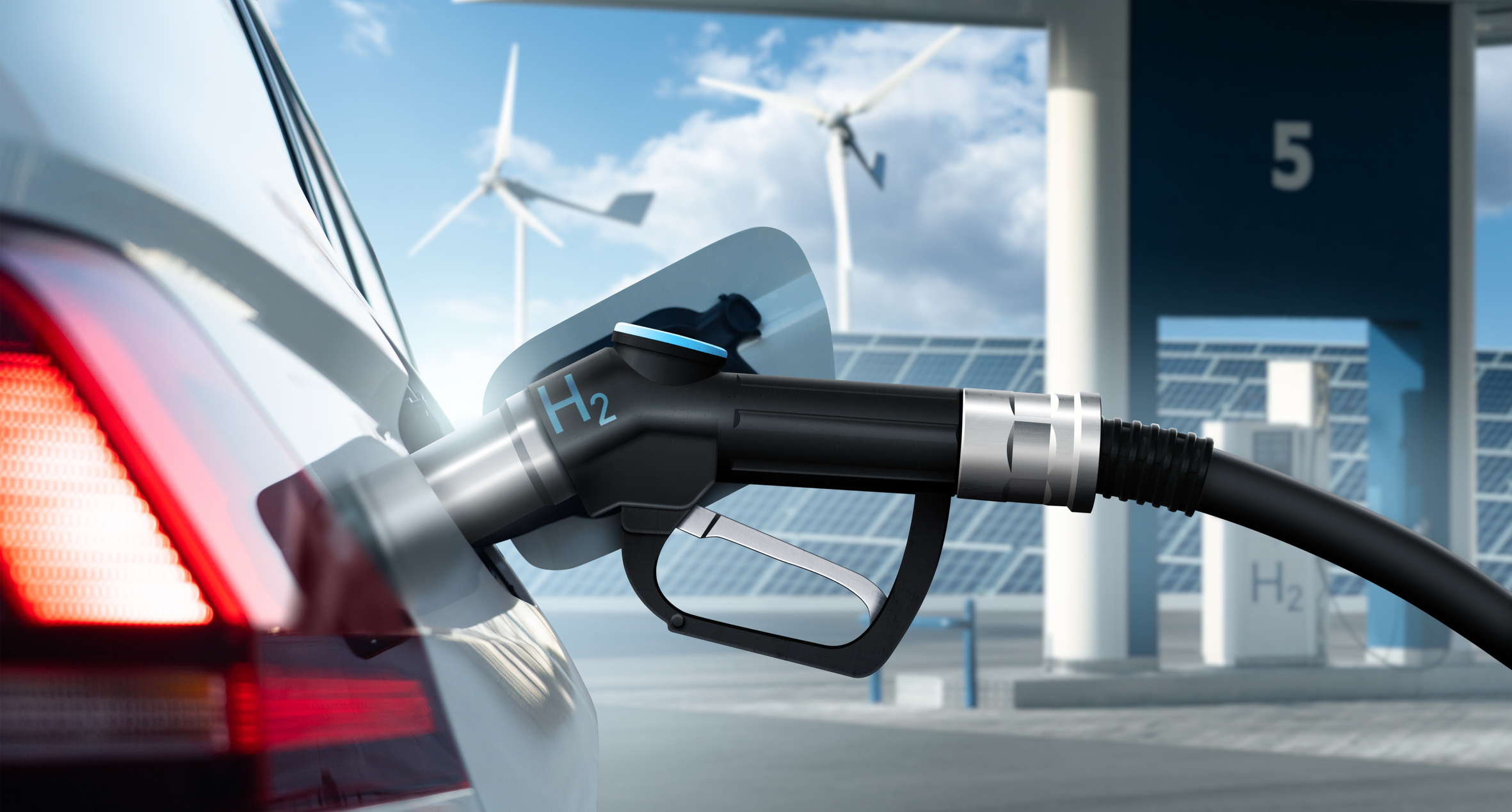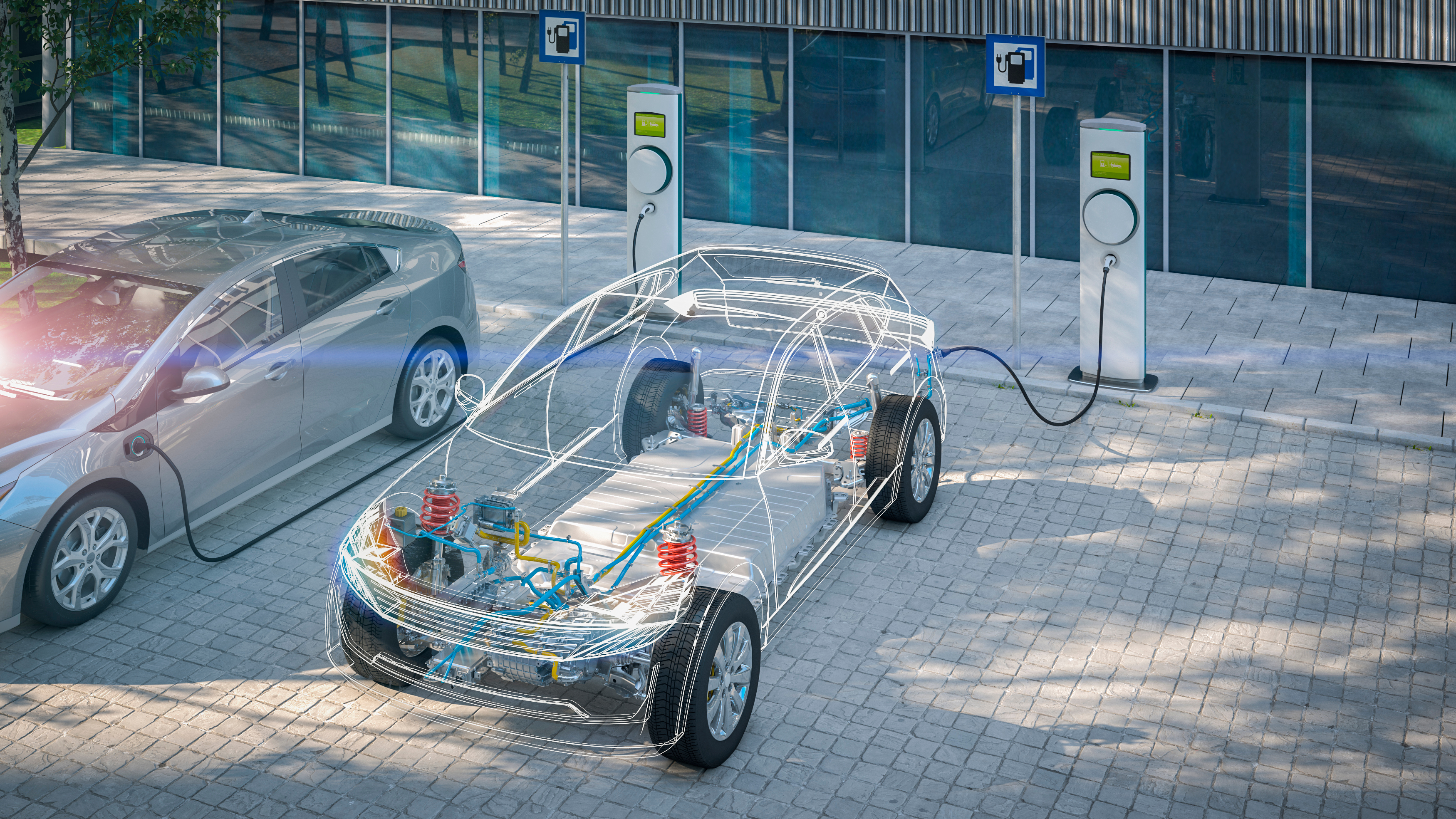Relevance of the industrial sector in energy transition
In order to face the challenges of climate change, the global economy must address a rapid process of transformation and decarbonisation in the coming decades that will affect all sectors. One of the most relevant will be the industrial sector.
The Spanish manufacturing sector makes up 23.6% of final energy consumption and creates 24.7% of greenhouse gas (GHG) emissions. Although notably behind transport, the industrial sector is a huge consumer of fossil fuels, especially natural gas, using 59.2%.
Industry is the economic sector that has made the most effort to reduce its consumption levels by improving its efficiency ratios and energy intensity and reducing greenhouse gas emissions1. However, given its impact, progress must continue to be made toward decarbonisation without risking competitiveness.
Decarbonising industry is essential for reducing greenhouse gas emissions that contribute to climate change.
Achieving complete decarbonisation of the economy by 2050 is an enormous challenge for all industrial sectors, whose complex and diverse production processes. There is no single common solution for any sector.
Main challenges of decarbonising the industrial sector
Achieving complete decarbonisation of the economy by 2050 is an enormous challenge for all industrial sectors, whose complex and diverse production processes. There is no single common solution for any sector.
Decarbonising a sector with intense energy consumption needs for heating is not the same as decarbonising other sectors where electrification may be more viable. Depending on the varying energy and raw material needs, we must apply policies and measures adapted to the specific needs of each sector.
Likewise, we must not forget that any transformation of the sector toward decarbonisation must be made without affecting industrial competitiveness, avoiding relocation of high-added-value companies in strategic production sectors.
From a technological perspective, we must continue backing innovation and technological development. Industrial decarbonisation scenarios in Europe signal that, with current technologies, greenhouse gas emissions reduction targets cannot be met without the help of large-scale innovative technologies such as renewable hydrogen as an energy vector, synthetic or low-carbon fuels, and new carbon capture, use, and storage or circular economy solutions.
Options for decarbonising the production framework
The decarbonisation strategy for productive processes occurs through the progressive combination of various options applicable to each specific case depending on the particular needs of each sector, and the incorporation of new options as technological maturity and economic viability is reached.
Some noteworthy options include:
- Improving energy efficiency of productive processes: recovery and use of residual heat, replacing equipment with more energy-efficient ones, and technological innovation in production processes. This would reduce energy consumption, especially fossil fuels, and reduce greenhouse gas (GHG) emissions.
- Improving carbon intensity in production processes: consists of applying strategies that reduce CO2 emissions throughout the production process, from obtaining raw material to transforming, distributing, and using the product. Electrification is one strategy, as long as the electricity is of renewable origin. Another option is substituting fossil fuels for other low-carbon emission fuels, especially for energy applications that are difficult to electrify.
- Carbon capture, use, and storage technologies capture CO2 emissions in industrial processes before they are released into the atmosphere, and then use this resource as raw material to manufacture new products.
- Bolstering renewable energy, both electrical and non-electrical
- Bolstering renewable hydrogen as an energy vector, with decarbonised production, that is, made using renewable energy, that can then be used as an alternative energy source to fossil fuels or for industry's heating demand.
- Circular economy measures: reducing losses (raw material and energy consumption) associated with the production process to encourage reuse and recycling of products and evaluate and utilise all waste derived from productive processes, thus avoiding waste. This would reduce the need to use new raw materials and lower the productive process' carbon footprint.
1. Most recent data available, from 2019. Source: European Environment Agency (EEA). EEA Greenhouse gases data.




